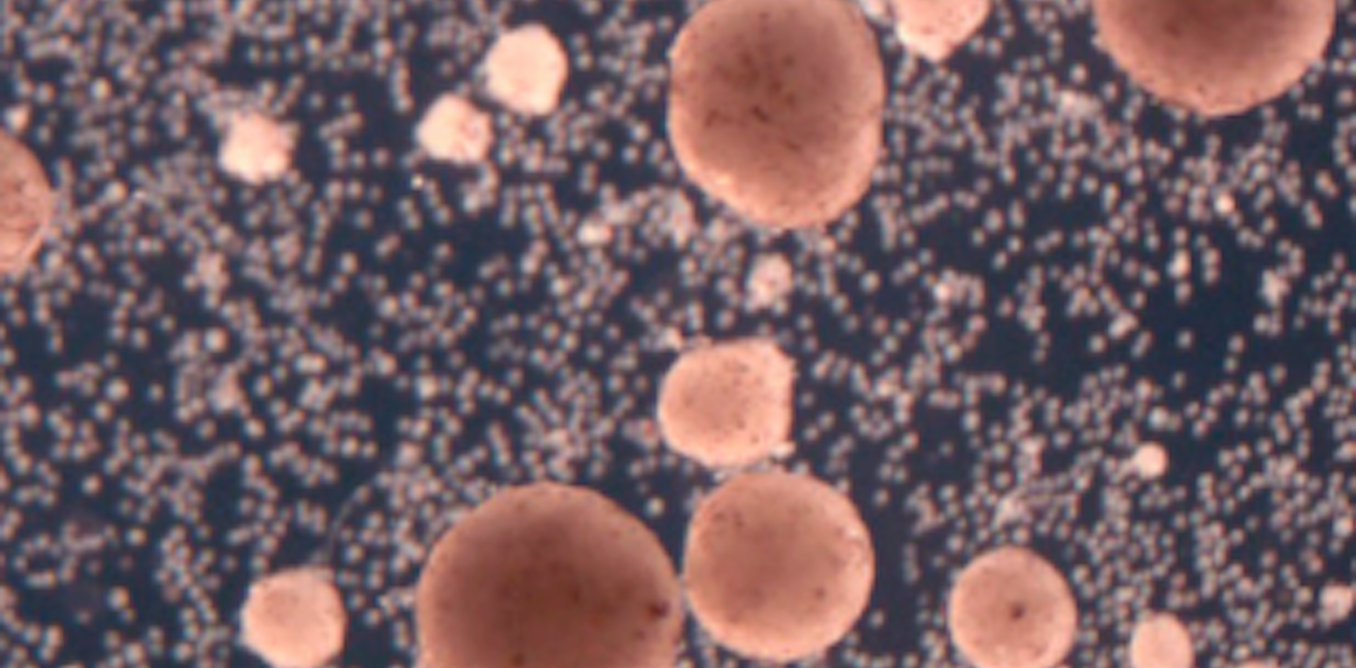
The Conversation UK receives funding from these organisations.
In 2020, scientists made global headlines by creating “xenobots” – tiny “programmable” living things made of several thousand frog stem cells.
These pioneer xenobots could move around in fluids, and scientists claimed they could be useful for monitoring radioactivity, pollutants, drugs or diseases.
Early xenobots survived for up to ten days.
A second wave of xenobots, created in early 2021, showed unexpected new properties.
Last week, the same team of biology, robotics and computer scientists unveiled a new kind of xenobot.
Like previous xenobots, they were created using artificial intelligence to virtually test billions of prototypes, sidestepping the lengthy trial-and-error process in the lab.
But the latest xenobots have a crucial difference: this time, they can self-replicate.
The new xenobots are a bit like Pac-Man – as they swim around they can gobble up other frog stem cells and assemble new xenobots just like themselves.
Instead, they fashion the groups of frog cells into the right shape, using their “mouths”.
The latest advance brings scientists a step closer to creating organisms that can self-replicate indefinitely.
The researchers who created the new xenobots say their main value is in demonstrating advances in biology, AI and robotics.
Perhaps there are alien life forms that assemble their “children” from objects in the world around them, rather than from their own bodies.
The interdisciplinary nature of these advances, including AI, robotics and biology, makes them hard to regulate.
Although xenobots are not currently made from human embryos or stem cells, it is conceivable they could be
At present, xenobots do not live long and only replicate for a few generations
A fresh opportunity to get regulation and engagement right – the case of synthetic biology
It’s too early to be completely prescriptive